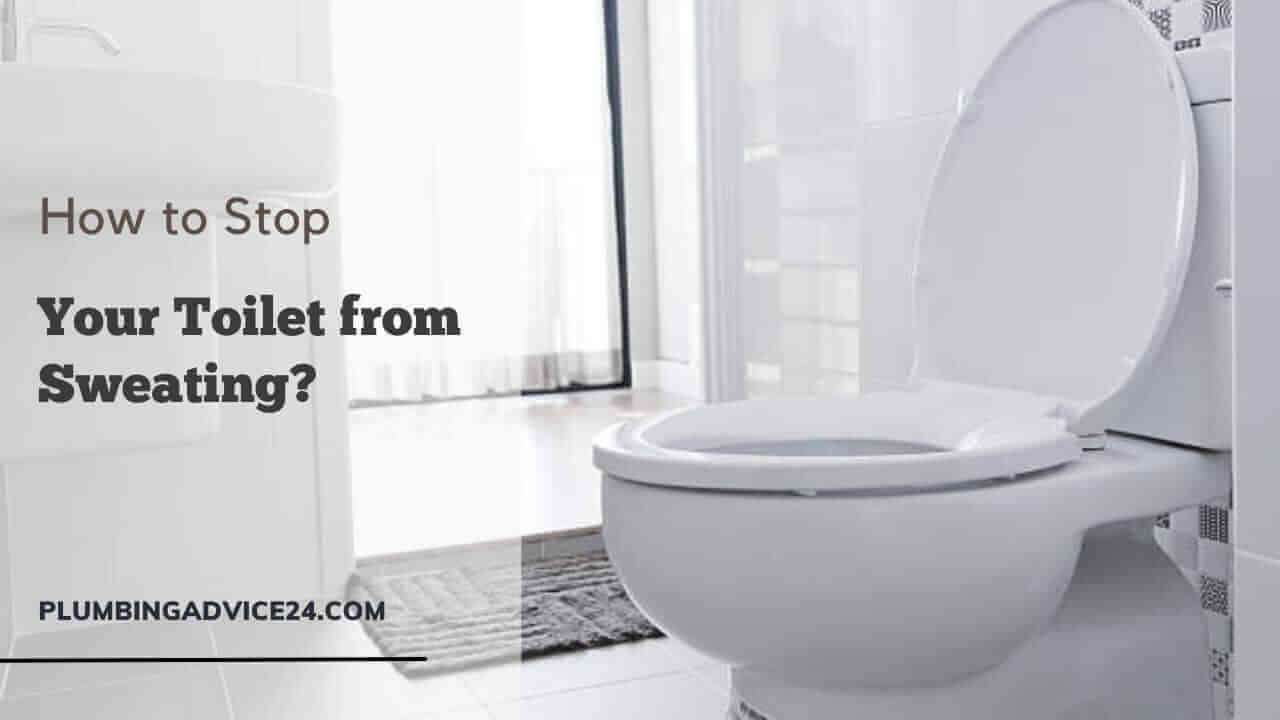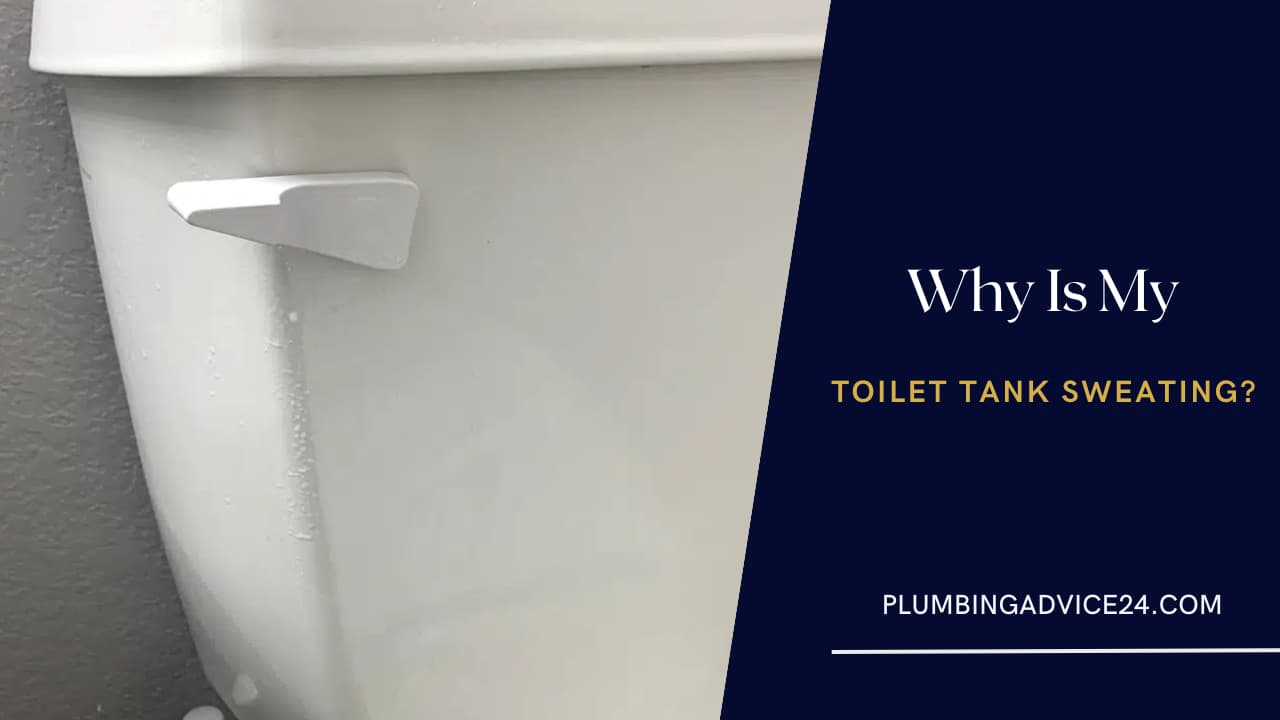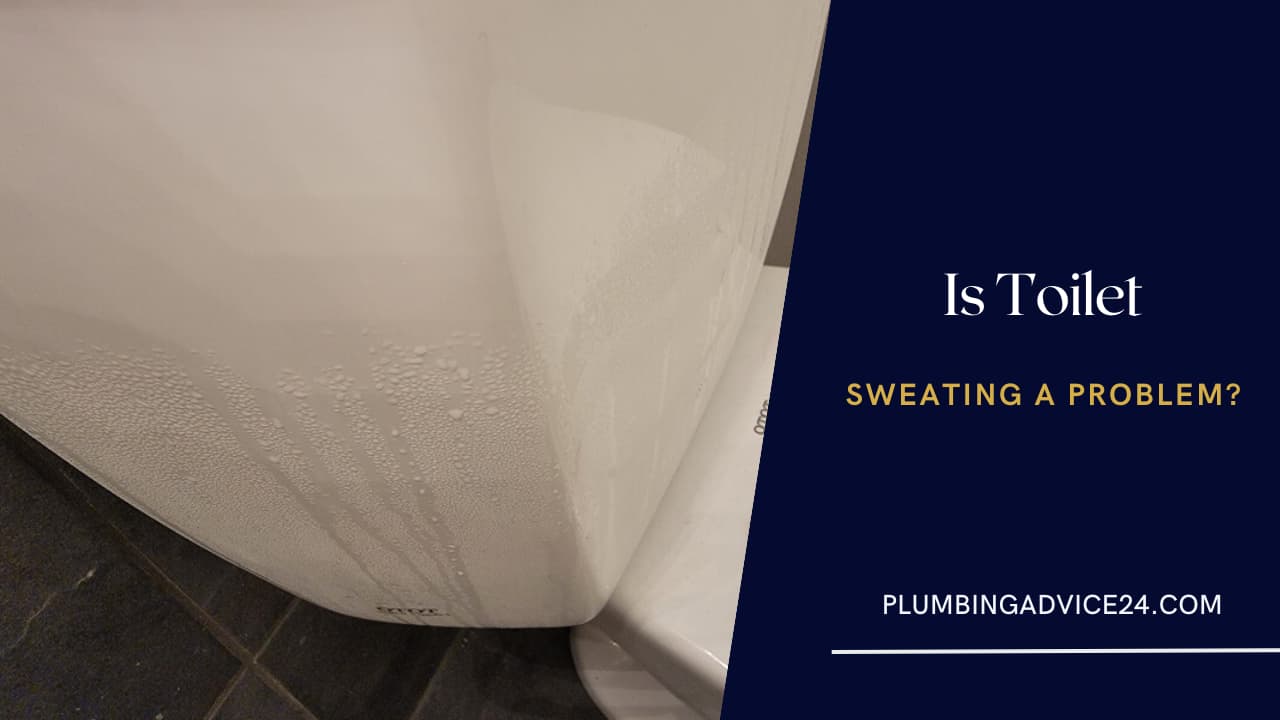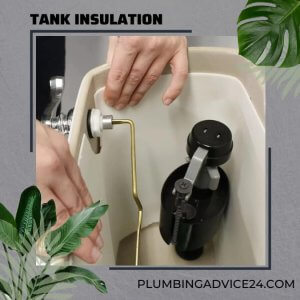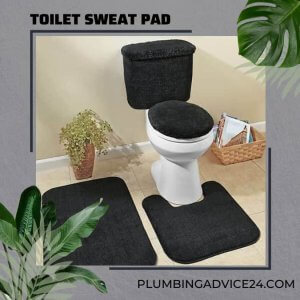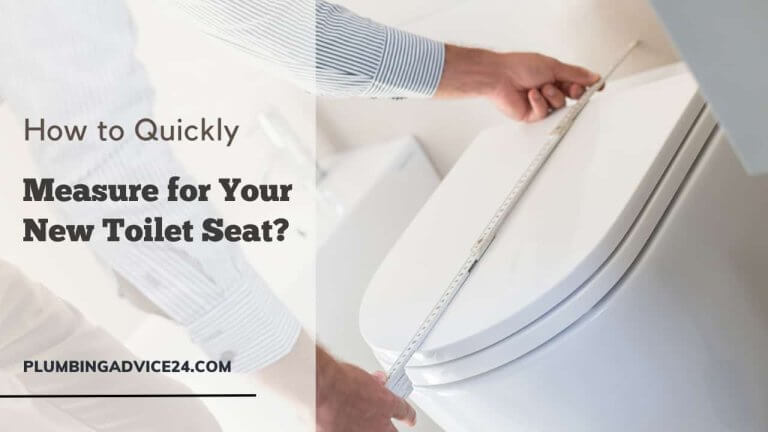How to Stop Your Toilet from Sweating?
A sweaty toilet only sometimes indicates a problem with the bathroom. It means a significant temperature differential between the tank’s water and the toilet’s air. Another thing to remember is that the condensation will not harm the toilet at all. You don’t need to worry about this. In this article, we will discuss the cause of toilet Sweating and stop your toilet from sweating.
Why Is My Toilet Tank Sweating?
Sweating in the toilet tank is a common problem that occurs when warm, moist air from the bathroom condenses on the cold surface of the toilet tank. Because of this, puddles of water can form around the base of the toilet, which can look unsightly and even cause water damage to your floors.
A common cause of sweat in your toilet tank is high humidity levels in your bathroom. If your bathroom is poorly ventilated, or if you take long, hot showers, the humidity level in the room can rise, which can cause sweating on the toilet tank.
Another possible cause of sweating in the toilet tank is a cold water supply. The water that enters the toilet tank is fairly cold, between 50° and 60°F. When the temperature outside and inside our home rises above that level, and the air has more humidity, the warm, moist air condenses, which in turn can cause moisture to form on the outside of the tank and cause drips.
Is Toilet Sweating a Problem?
Sweating on the toilet may not be a serious problem, but it can be annoying and lead to additional problems. If neglected, it can cause water damage to your bathroom floor, as well as create an unsightly mess around the base of the toilet. Additionally, water spills from your toilet and onto the floor can create damp spots that harbor mildew and germs. It can cause health problems if not addressed.
Depending on your flooring and bathroom construction, all that moisture can cause long-term problems such as invisible mold growth, damage, or floor weakening. To avoid this problem back there, you will need to regularly clean the floor behind the toilet and alongside it. Oftentimes, if the problem worsens, your bathroom may need renovation.
Overall, while sweating in the toilet may not be a big problem, it is still worth protecting your toilet from sweating to prevent any potential damage or health hazards.
How to Stop Your Toilet from Sweating?
Sweating in the toilet is a common problem in bathrooms with high humidity, also known as condensation. When the cold porcelain of the toilet meets the warm, moist air, it causes sweat to form on the surface of the toilet. The good news is that there are many ways to stop your toilet from sweating and keep your bathroom dry and mold-free. Here are some tips on how to effectively prevent toilet sweating:
Improve Ventilation
Increased ventilation in your bathroom is the most effective strategy to reduce toilet sweating. Installing an exhaust fan, opening a window, or utilizing a dehumidifier will help.
A dehumidifier will assist in lowering the humidity level in the room, while an exhaust fan will aid in evacuating the warm, damp air from the bathroom. The humidity decreases by boosting the room’s ventilation, resolving the toilet sweating problem.
Tank Insulation
Insulating the tank of your toilet may lessen the amount of condensation that develops on the surface. You may use foam pipe insulation or pre-cut insulation kits created expressly for this purpose. Insulating the tank will keep it colder, preventing condensation from forming.
If you have applied tank insulation and the issue persists, call a professional plumber as soon as possible. If you cannot insulate the tank alone, you may need expert help!
Try a Toilet Sweat Pad
Toilet sweat pads absorb moisture and prevent condensation from accumulating on the toilet’s surface. These pads may be placed on the tank or behind the toilet.
They are composed of absorbent materials that drain moisture away from the toilet, keeping it dry and avoiding mold and mildew development. Toilet sweat pads are very effective and have been shown repeatedly to aid DIYers in resolving their toilet sweating issues.
Check for Leaks
Leaks in the tank or bowl may also cause toilet sweating. If you suspect the problem results from leaks, you must first locate and repair the leaks.
Leaks cause the toilet to sweat because the water from the leak makes the toilet feel chilly to the touch, resulting in condensation. Check the seals surrounding the toilet’s base and the connections between the tank and bowl for tightness and leaks.
If you have a plumbing problem with your toilet, call a professional plumber immediately!
Modify the Temperature
Another easy solution for toilet sweating is to reduce the temperature in your bathroom. The method reduces condensation on your toilet, resulting in less toilet sweating. The risk of condensation on the toilet is reduced when the temperature in the bathroom is lowered since it enables the air to retain less moisture.
Use a Toilet Lid
It is critical to keep the toilet lid closed while not in use. The cover will keep the air surrounding the toilet cold, preventing moisture from developing. Such an approach has been shown to substantially aid in addressing the toilet sweating issue, but if the problem persists, you may seek an expert.
Many organizations provide experienced 24/7 emergency plumbing services to help you whenever you have a plumbing problem in your home or business. It’s important to remember that it’s better to solve the problem immediately than wait for it to worsen into a greater plumbing disaster.
Conclusion:-
Excessive condensation on the exterior of your toilet may be a genuine annoyance. The longer it drips, the larger the pool of water on the floor. Using these ways to keep your toilet from sweating excessively is beneficial when you need it to stop soon.
Installing an anti-sweat valve would be the best and most effective solution. Installing this would relieve you of excessive condensation on or around your toilet. This is a critical consideration to take into mind.
Toilet sweating can be caused by water spilling from the toilet and onto the floor, leading to moist spots that harbor mildew and germs. Cleaning the hard-to-reach floor behind and alongside the toilet is essential to avoid this.
Depending on the flooring and bathroom construction, this can lead to long-term difficulties such as mold development, damage, or floor weakening.
Why Does My Toilet Have Condensation?
Sweating in the toilet tank is a common problem that occurs when warm, moist air from the bathroom condenses on the cold surface of the toilet tank. Because of this, puddles of water can form around the base of the toilet, which can look unsightly and even cause water damage to your floors.
How Do I Stop My Toilet Tank from Sweating?
There are many ways to stop your toilet from sweating and keep your bathroom dry and mold-free. Toilet sweating can be prevented by improving bathroom ventilation, tank insulation, toilet sweat pads, checking for tank leaks, changing water temperature, and using toilet lids.
